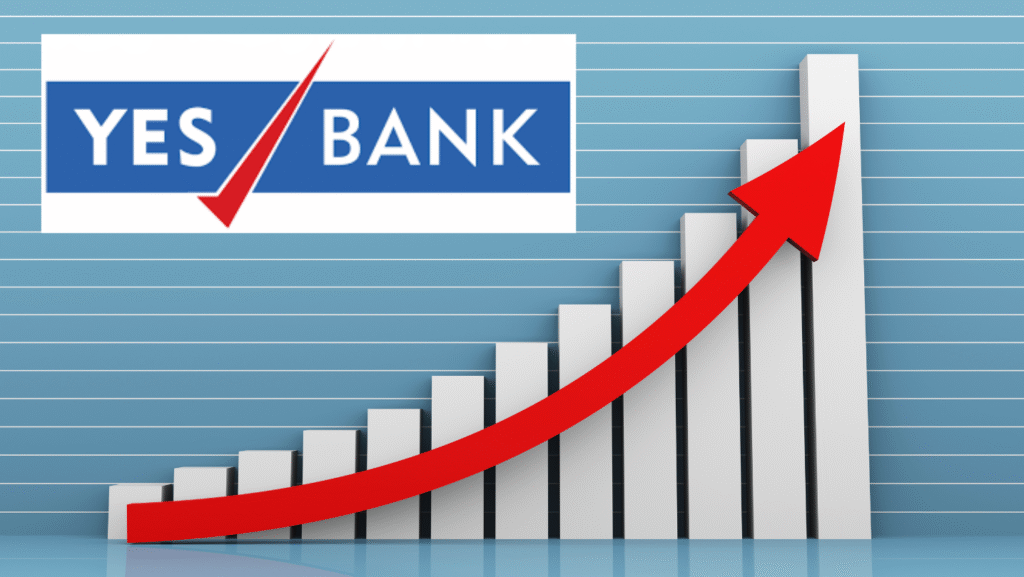
“China demands U.S. cancel 145% tariffs amid the US-China trade war, warning of global economic risks. Rising costs, supply chain disruptions, and inflation intensify. Will negotiations ease tensions or worsen the standoff? Explore the impact on global trade, market shifts, and future trade war consequences in this in-depth analysis.”
The escalating US-China trade war has reached a critical juncture, with China urging the United States to “completely cancel” the reciprocal tariffs imposed by the Donald Trump administration. These tariffs, now at a staggering 145% on Chinese imports, have triggered a retaliatory 125% levy from China, sending shockwaves through global markets and businesses engaged in US-China trade. This blog post delves into the latest developments, their implications for Indian businesses, and the broader economic landscape.
The Genesis of the 145% Tariff Crisis
The US-China trade war, which began in 2018, has seen multiple rounds of tit-for-tat tariffs, disrupting global supply chains and increasing costs for businesses and consumers. In 2025, the Trump administration escalated the conflict by imposing a 145% tariff on Chinese goods, including a 125% reciprocal tariff and an additional 20% levy tied to fentanyl-related concerns. China responded swiftly, raising its tariffs on US imports to 125%, up from 84%, effective April 12, 2025.
On Sunday, April 13, 2025, China’s Ministry of Commerce issued a statement calling for the complete removal of these tariffs, labeling them as “unilateral bullying” and a violation of international trade rules. The spokesperson emphasized that China is “evaluating the impact” of these measures, signaling potential further actions if the US does not relent.
Key Statistics
- US Tariffs on China: 145% (125% reciprocal + 20% fentanyl-related).
- China’s Retaliatory Tariffs: 125%, up from 84%.
- US-China Trade Volume (2024): Over $650 billion, now at risk of collapsing.
- Economic Impact: Tariffs could cost US households $1,300 annually in 2025.
- Global Trade Decline: World Trade Organization forecasts an 80% drop in US-China goods trade.
These figures highlight the severity of the trade war and its potential to reshape global commerce, making keywords like US-China trade impact 2025 critical for search engine optimization.
Why China Seeks Tariff Cancellation
China’s call to cancel tariffs stems from several pressing concerns:
- Economic Disruption: The 145% US tariffs have made Chinese exports to the US prohibitively expensive, effectively severing trade worth over $650 billion annually. China’s finance ministry stated, “At the current tariff level, there is no market acceptance for US goods exported to China.”
- Global Supply Chain Chaos: China, a manufacturing hub, supplies critical goods like electronics, textiles, and machinery. The tariffs disrupt supply chains, impacting countries like India that rely on Chinese components.
- Market Turmoil: The trade war has caused volatility in global stock markets, with the S&P 500 dropping 3.5% on April 10, 2025, after the US clarified the 145% tariff rate.
- Diplomatic Strain: Chinese President Xi Jinping has publicly stated that “there are no winners in a tariff war,” urging mutual respect and negotiation.
China’s plea aligns with its strategy to rally international support, as seen in talks with Spain, Saudi Arabia, and South Africa to counter US trade policies. For Indian readers searching China US tariffs 2025, understanding these motivations is key to assessing trade opportunities.
Impact on Indian Businesses
India, as Asia’s third-largest economy, is intricately linked to both the US and Chinese markets. The US-China trade war presents both challenges and opportunities for Indian businesses.
Challenges
- Supply Chain Disruptions: Indian industries like electronics, pharmaceuticals, and automotive rely on Chinese raw materials. The 125% Chinese tariffs on US goods and US countermeasures could increase costs for Indian manufacturers importing components.
- Export Risks: India exported $83 billion worth of goods to the US in 2024. If the US extends reciprocal tariffs to other nations, Indian exporters could face higher costs.
- Global Recession Fears: Goldman Sachs estimates a 45% chance of a global recession due to the trade war, which could reduce demand for Indian goods like textiles and IT services.
Opportunities
- Trade Diversion: As US-China trade collapses, India can position itself as an alternative supplier to the US for goods like pharmaceuticals, textiles, and tech hardware. In 2024, India’s pharmaceutical exports to the US grew by 12%.
- Manufacturing Boost: The Make in India initiative could attract companies relocating from China due to high tariffs. For example, Apple expanded iPhone production in India by 20% in 2024.
- FTA Negotiations: India is negotiating a free trade agreement with the US, which could offset tariff risks and boost exports.
Indian entrepreneurs searching Trump tariffs impact on India should monitor these trends to capitalize on emerging markets while mitigating risks.
Global Economic Implications
The US-China trade war 2025 extends beyond bilateral trade, affecting global economies:
- Rising Consumer Prices: In the US, retailers like Amazon have warned that tariffs will increase prices for electronics, clothing, and toys, with 71% of US soybean losses in 2018 attributed to earlier trade wars.
- Currency Volatility: The US dollar fell to a two-year low against the euro on April 11, 2025, reflecting a “confidence crisis” in US assets.
- Trade Negotiations: Over 75 countries, including India and Japan, have sought trade talks with the US to avoid tariffs, signaling a shift toward bilateral deals.
- WTO Complaints: China has filed a complaint with the World Trade Organization, accusing the US of causing “global economic turbulence.”
For Indian professionals searching global trade war 2025, these developments underscore the need for strategic planning in exports and investments.
India’s Strategic Response
India must navigate the US-China trade war with a balanced approach:
- Diversify Supply Chains: Reduce reliance on Chinese imports by sourcing from ASEAN nations like Vietnam, which exported $127 billion to the US in 2024.
- Strengthen Domestic Manufacturing: Invest in sectors like electronics and renewables to replace Chinese imports. India’s solar panel production capacity grew by 15% in 2024.
- Engage in Trade Talks: Accelerate FTA discussions with the US and EU to secure market access. India’s trade-weighted average tariff of 12% is competitive but needs alignment with global standards.
- Monitor Currency Trends: The Indian rupee’s stability against the dollar will be crucial as the US dollar weakens due to tariff fallout.
Businesses searching India trade strategy 2025 should prioritize these steps to remain resilient amid global uncertainty.
Expert Opinions
- Wilbur Ross, Former US Commerce Secretary: Warned that the 145% tariffs could hinder negotiations, as China may avoid appearing to “lose face.”
- Janet Yellen, Former US Treasury Secretary: Called the tariffs the “worst self-inflicted wound” on the US economy, predicting higher recession risks.
- Zhiwei Zhang, Pinpoint Asset Management: Noted that further tariff hikes are pointless, as trade between the US and China is already “essentially severed.”
These insights are critical for Indian readers searching expert views on US-China tariffs to understand the broader context.
US-China trade war
The US-China trade war, marked by 145% US tariffs and 125% Chinese levies, is a defining moment for global trade. China’s call to cancel tariffs reflects the economic strain felt by both nations, with businesses facing unprecedented challenges. For India, this crisis offers a chance to emerge as a key player in global markets, provided it navigates supply chain risks and seizes trade opportunities. By staying informed and agile, Indian businesses can turn this turmoil into a catalyst for growth.
-

Is Your Payslip a Ticking Time Bomb? The 10 “Silent” Red Flags That Will Trigger an AI Tax Audit in 2025
-

Market Alert: Is the Bull Run Back? Indian Stock Market Trends & Strategy for Tuesday, 02-12-2025





























